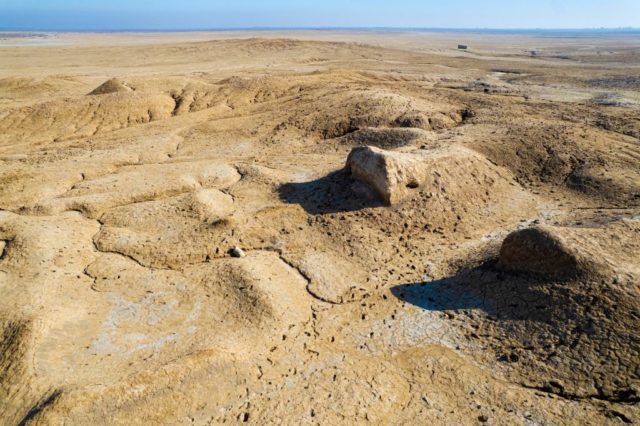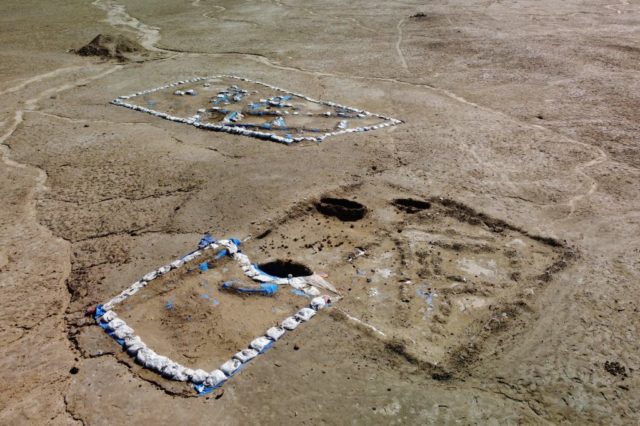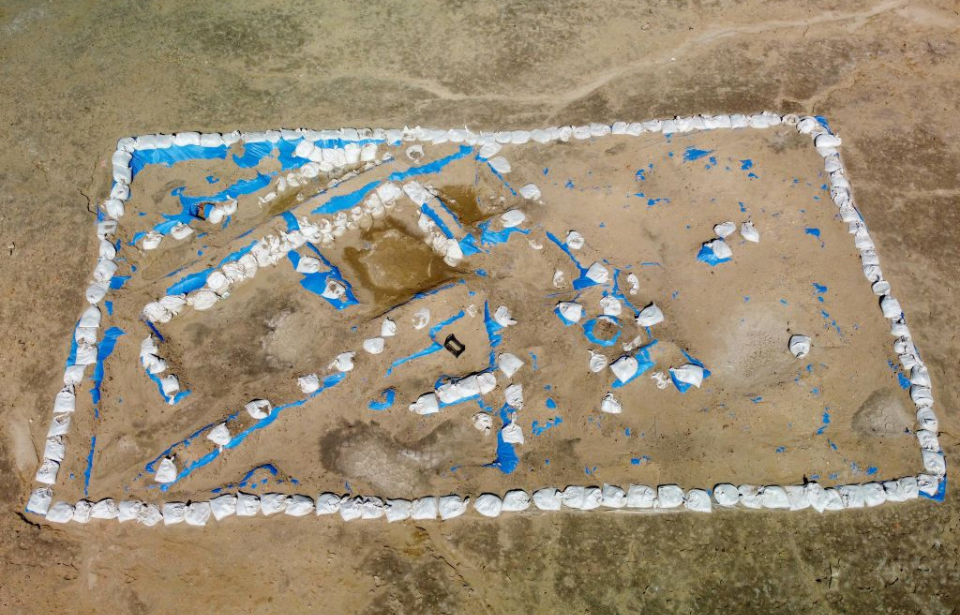Discovering tools, human remains, and art at archaeological sites is certainly interesting, but not as exciting as learning about the alcohol consumption of ancient people. A team of researchers were working in Southern Iraq to excavate the former city of Lagash, a fascinating location, when they came across something unexpected. They unearthed what they believe was once a tavern and accompanying brewery.
City of Lagash
Located near the intersection between the Tigris and Euphrates rivers in what is now Iraq, Lagash was once an impressive city – one of the oldest in the Near East. It was ruled by the Sumerian kings and became a particularly important location to their people in the third millennium BC. It was founded well before that, as evidence suggests that the city could have been occupied for as long as 5200 BC to 224 AD.

Although the city leaders often referred to themselves as kings, they never formally had a ruler of this kind. From an archaeological standpoint, the city has been vital to understanding the Sumerian people. When the site was first excavated by the French between 1877 and 1933, they discovered over 50,000 cuneiform texts and further wall carvings that provided a vast knowledge base about the peak of Sumerian civilization.
An ancient tavern
Lagash arose in an area called the “garden of the gods” because of how fertile the soil was. This led to great agricultural prosperity in the region, and it became an ideal place to establish Sumerian cities. A joint American-Italian team from the University of Pennsylvania and the University of Pisa set out to excavate this particular set of ruins to find Sumerian artifacts, identifying numerous benches, and roughly 150 bowls containing animal bones.

They also identified an oven that would have been used to cook food, and even a basic refrigerator. Altogether, these items indicate that the space was used by commoners as a commercial eatery. In addition to there being evidence of beer drinking at the site, the team began calling the site a tavern because, “beer is by far the most common drink, even more than water, for the Sumerians.”
Vintage beer
After their investigation, the team determined that the site was dated to roughly 2700 BC, making it about 5,000 years old. Much of what was known about the Sumerians to date was about the elite ruling class, but this discovery shines a light on a different part of the population. The team “hope to be able to characterize the neighborhoods and the kinds of occupation (…) of the people that lived in this big city who were not the elite.”

What better way to study ordinary people than by looking at their drinking habits? The same project also excavated a three-story ruin nearby which contained another oven, a basin, and numerous ceramic vats. They believe that this was once a brewery, in part because they uncovered a cuneiform tablet inscribed with a beer recipe located inside the structure.
More from us: One of the Worst Floods in Boston’s History Involved Molasses
Further research is yet to be done on the site and the clientele that frequented this tavern, but rest assured the team intends to look at it in more detail. They feel that “the regular people are also important” to history.
